Section 1
Federalism in the Constitution
By Boundless
Federalism is the system where sovereignty is constitutionally divided between a central governing authority and constituent units.
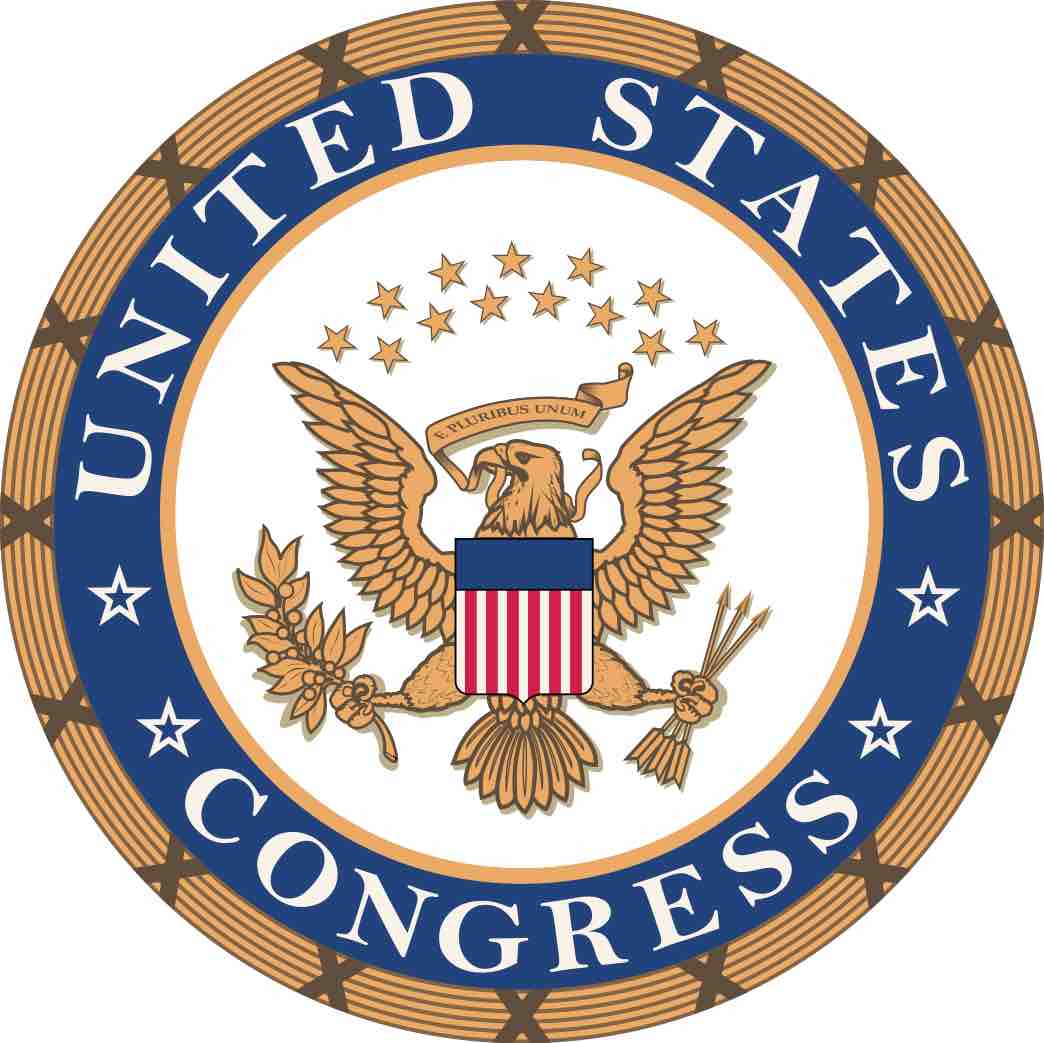
The federal government is composed of three branches: executive, legislative, and judiciary, whose powers are granted by the Constitution.
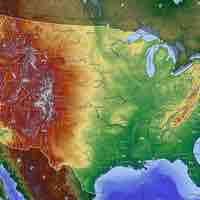
State governments are republics formed by citizens in the jurisdiction as provided by the Constitution.

Powers of local governments are defined by state rather than federal law, and states have adopted a variety of systems of local government.
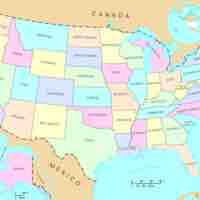
Article Four of the United States Constitution outlines the relationship between the states, with Congress having power to admit new states.
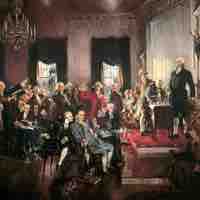
Concurrent powers are the powers that are shared by both the State and the federal government, exercised simultaneously.
The Supremacy Clause established the U.S. Constitution, Federal Statutes and U.S. Treaties as "the supreme law of the land".
Congress has numerous prohibited powers dealing with habeas corpus, regulation of commerce, titles of nobility, ex post facto and taxes.
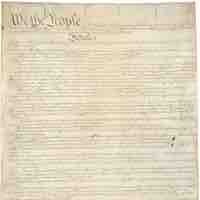
Checks and balances is a governmental structure that gives each of the branches a degree of control over the actions of the other.